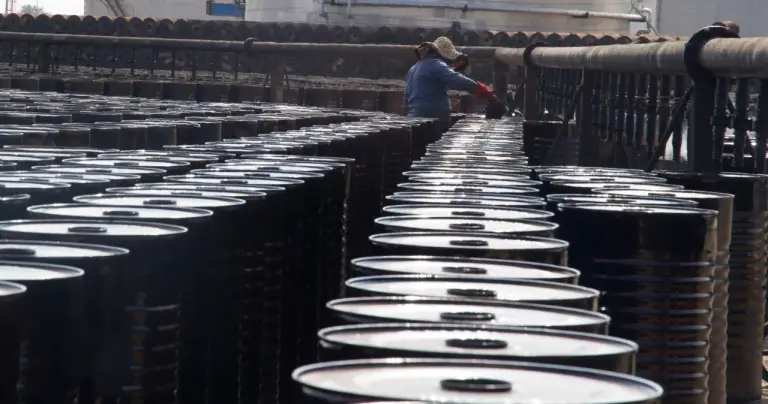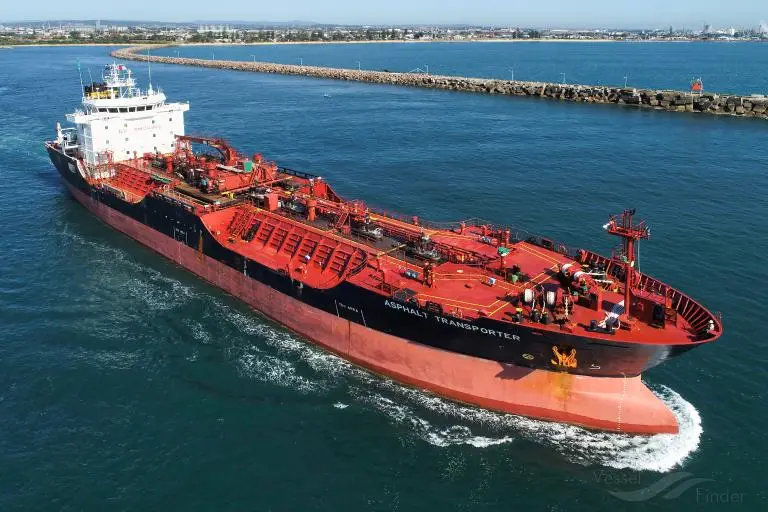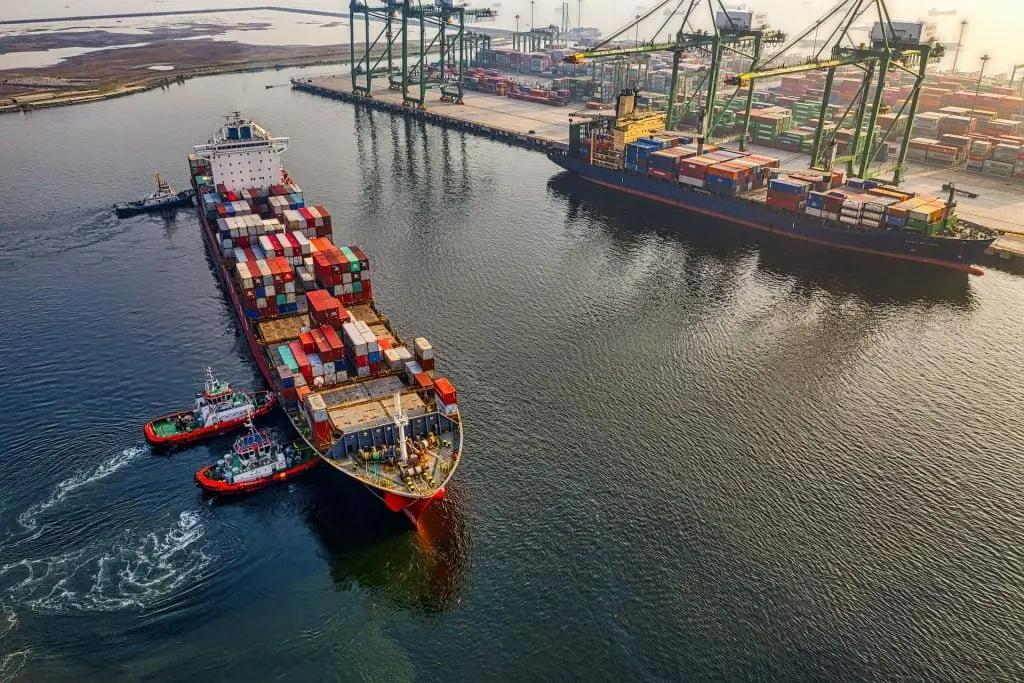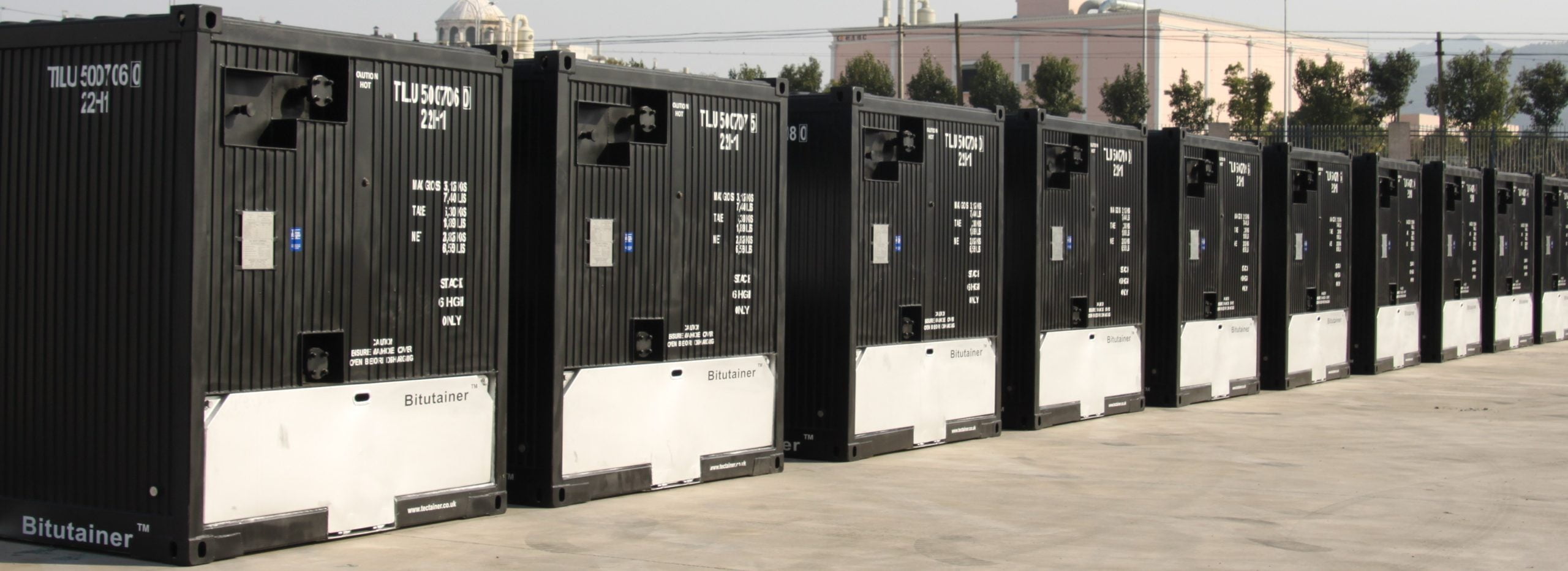Bitumen is a vital component in the construction industry and is used in various applications, including road paving and roofing. The transportation of bitumen is crucial for its effective and efficient use, and there are several methods available for moving it from one location to another. In this blog, we will delve into the different methods of transporting bitumen, including drums, bitumen containers, and hot ships. The aim of this article is to provide a comprehensive overview of these transportation methods and their respective pros and cons. Whether you’re in the construction industry or just curious about the process, this blog is the perfect starting point for gaining a deeper understanding of bitumen transportation.
Methods of Transporting Bitumen
Bitumen drums, bitumen containers (specifically TEC’s Bitutainers™), and bitumen hot ships are the three main methods of transporting bitumen. Each method has its own advantages and disadvantages, making them suitable for different types of projects and locations. Whether you are transporting bitumen for a small-scale construction project or for a large-scale industrial operation, understanding the pros and cons of each method will help you make an informed decision about which method is best for your needs.
Bitumen drums
Bitumen drums are used to transport small quantities of bitumen to locations that are difficult to access. These drums range in size from 200 litres to 250 litres, which makes them suitable for small-scale deliveries and for transporting bitumen to locations that are not easily accessible by larger transportation methods. The bitumen is loaded into the drums while it is in its liquid form, which makes it easier to pour and handle. The drums are then sealed and transported by road, rail, or sea.

One of the key advantages of using bitumen drums is that they are suitable for transporting smaller quantities. This makes them a convenient solution for projects that require less bitumen, such as road repairs or maintenance work. Another advantage of bitumen drums is that they are suitable for intermittent deliveries, which is ideal for projects that require delivery of bitumen in stages. Additionally, bitumen drums are suitable for locations with difficult access, as they can be easily transported to these locations by truck or trailer.
However, there are also some disadvantages to using bitumen drums. A major disadvantage to the use of drums is the reduced capacity compared to other methods. The maximum number of drums that can be loaded into a dry box container is 72-80, or 18t, significantly less than bitumen containers, which would use the same shipping slot. On top of this initial cost concern, the purchase cost of the drums and caps can be influential , and there is also a cost associated with filling the drums. Handling costs are also a factor, as well as the cost of drum decanting, which can be high due to the high energy inputs required. An additional factor that must be considered is the loss of product through the handling procedures. 3% of bitumen cannot be decanted from the drums, reducing the total product transported even more. There are also environmental issues to consider, such as drum disposal and the potential for spillage around the decanter.
Bitumen Hot Ships
Bitumen hot ships are specialised vessels designed for the bulk transportation of bitumen. These ships are equipped to transport large quantities of heated bitumen, making them well-suited for transporting bitumen large volumes from terminals to other destinations. During the transportation process, the bitumen is loaded into the hot ship in a heated liquid state and maintained at temperature during transit. This not only ensures the bitumen is in a usable condition upon arrival, but it also makes for a more streamlined and cost-effective method of transportation.

One of the main advantages of using bitumen hot ships is their ideal use for bulk deliveries, making them perfect for projects requiring a large amount of bitumen. Another advantage is that they are suited to existing bitumen terminals, reducing the need for extensive set up or additional infrastructure. If the appropriate equipment is in place for the utilisation of hot ships, the overall logistical costs can be reduced compared to drum logistics. However, if the desired transport route does not have the facilities to support the use of hot ships, then the cost becomes much less efficient.
There are further disadvantages to consider when using bitumen hot ships. One of the biggest drawbacks is the lack of availability of hot ships, which can limit the options for transportation. Another disadvantage is the high cost of erecting an unloading jetty and pipework, which can be a significant investment for the customer. Furthermore, the frequency of delivery may have an adverse effect on heating costs, and the availability of storage tanks may restrict the number of grades which can be supplied or the tanks may not be of large enough capacity. Finally, large quantities of product must be kept heated, adding to the overall cost of using bitumen hot ships as a method of transportation.
Bitumen containers (Bitutainers™)
Bitumen containers, specifically Bitutainers™, are an alternative method for transporting bitumen. Unlike bitumen hot ships, which are best suited for large parcel deliveries, bitumen containers are suitable for various quantities of bitumen and have the ability to transport more than one grade at a time. The bitumen is loaded into the containers in its liquid state and is allowed to cool during transit to save on unnecessary heating costs In some small distance logistics, the bitumen can be transported at elevated temperatures so no heating is required at the discharge site.
TEC Container Solutions offer various options for the transport of bitumen, both hot and cold, with all the necessary certifications to fit the user’s needs.
One of the key advantages of using Bitutainers™ is that they provide a more flexible option for transportation. With a capacity of 27t, and the ability for complete discharge, Bitutainers™ have a better cost per bitumen transported because they use the same shipping slots as drums, which have a maximum capacity of 18t. Bitumen containers are also more flexible compared to hot ships, which are limited to transporting large quantities of bitumen. Additionally, containers are more convenient for projects that require bitumen to be delivered to multiple locations, as they can be easily loaded onto trucks or trailers for transport. Bitutainers™ also offer a secure and reliable way to transport bitumen, as they are designed to withstand the elements and prevent leakage or spillage. An additional advantage to the use of Bitutainers™ is their ability for full product discharge. Unlike drums, the use of Bitutainers ensures no bitumen is lost during the transport and discharge processes, once again improving the cost per bitumen transported.

However, there are also some disadvantages to consider depending on your requirements. One of the biggest challenges is finding suitable storage space for a large number of containers if required. The containers themselves also have an initial capital (or lease) cost and unlike one-way trip supply options, require returning to the loading point after discharge, adding to the costs associated.

However, there are also some disadvantages to consider depending on your requirements. One of the biggest challenges is finding suitable storage space for a large number of containers if required. The containers themselves also have an initial capital (or lease) cost and unlike one-way trip supply options, require returning to the loading point after discharge, adding to the costs associated.
In conclusion, each of the three methods of transporting bitumen, hot ships, drums, and containers, offer unique advantages and disadvantages. However, when it comes to transporting large quantities of bitumen over long distances, Bitutainers™ offer the best combination of efficiency, safety, flexibility and cost-effectiveness. The robust construction and weather-resistant design of Bitutainers™ ensure that the product is safe during transit, reducing the risk of spillage or other incidents. Additionally, the use of Bitutainers™ allows for easy loading and unloading, reducing handling costs and improving safety for workers.
If you’re looking for a reliable, efficient and cost-effective method of transporting bitumen, look no further. TEC offers a range of Bitutainers™ that meet all your bitumen transport needs. Contact us today to see how TEC’s expertise and innovative solutions can help streamline your bitumen supply chain and meet your project requirements.
Image source: Infinity Galaxy, VesselFinder, Pexels

